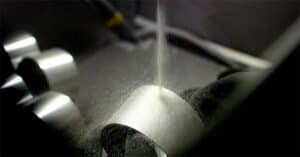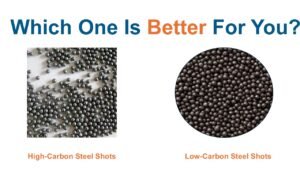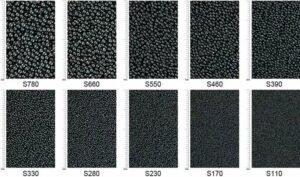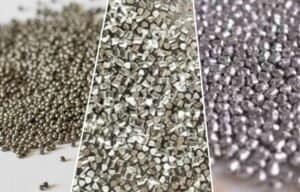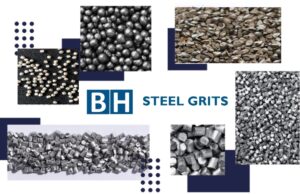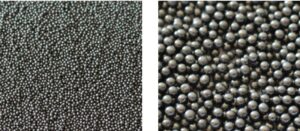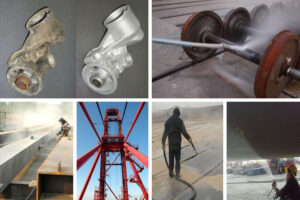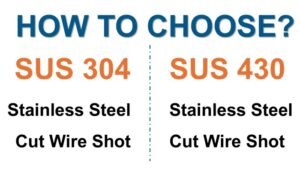
304 vs 430 Stainless Steel Cut Wire Shot: How to Choose for Aluminum?
Choosing between 304 and 430 stainless cut wire shot for aluminum is not just a materials question—it is a process and cost decision. This article explains the real differences between 304 and 430 in aluminum shot blasting, from corrosion resistance and humidity sensitivity to downstream powder coating and target cost

